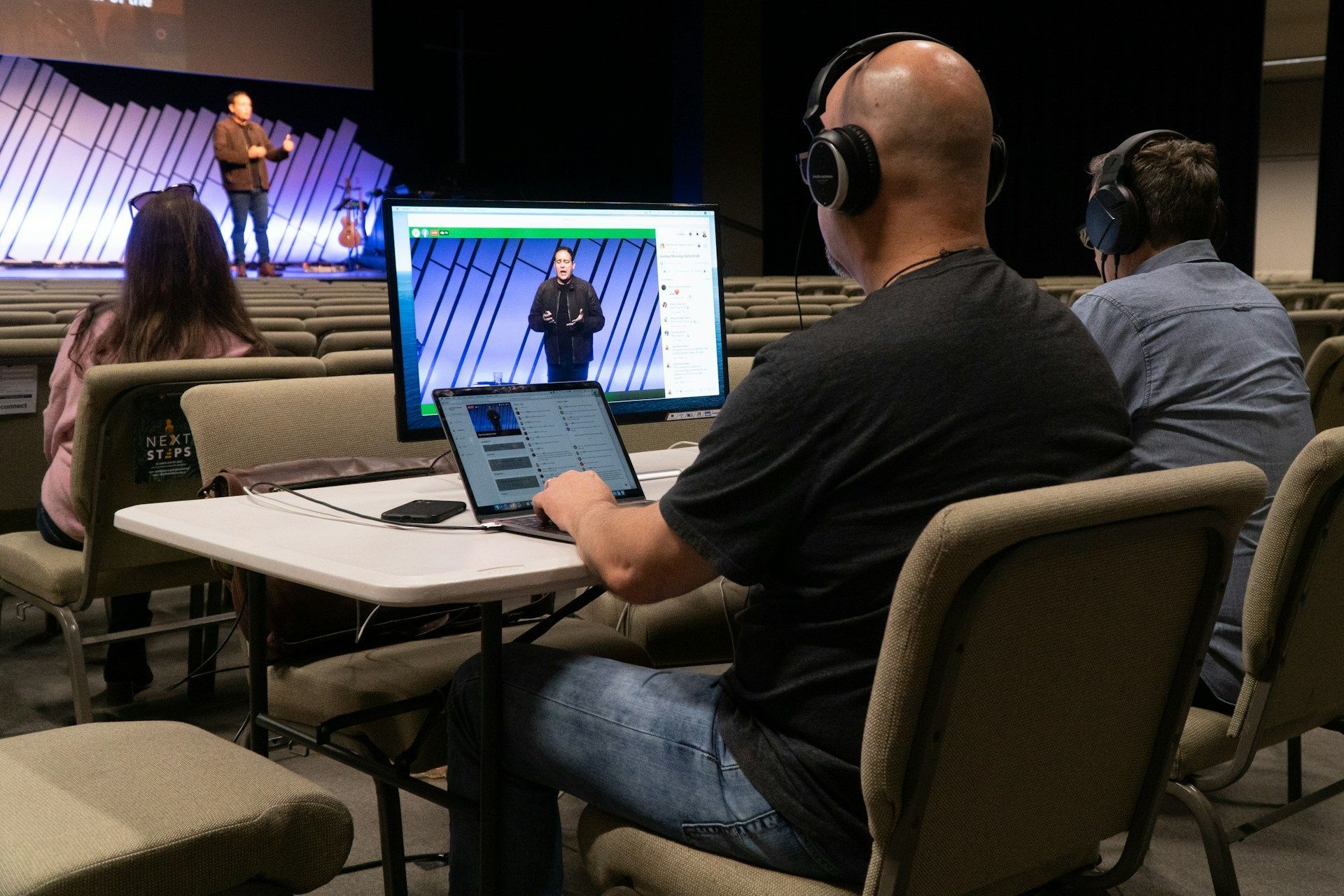Social Media Guide for Churches 2024
Growing your church is not easy, but there are certain strategies that can help you. For one, social media has become a powerful tool for churches to connect with their congregations and reach new audiences. A well-managed social media presence can help your church share its message, promote events, and engage with the community in meaningful ways. Understanding how to use social media effectively is essential for building and maintaining an online presence.
Creating a successful social media strategy involves several key steps. From setting up your accounts to creating engaging content and tracking your performance, each part of the process plays a crucial role in your overall success. You need to know which platforms to use, how to create posts that resonate with your audience, and how to measure your efforts to ensure you are reaching your goals.
We specialize in helping churches navigate the complexities of social media. In this guide, we will walk you through the essential steps to creating and maintaining an effective social media presence for your church in 2024. By following these steps, you can connect with your community, share your mission, and grow your online influence.
Setting Up Your Social Media Accounts
The first step in building your church's online presence is setting up your social media accounts. Begin by choosing the right platforms. Popular options include Facebook, Instagram, Twitter, and YouTube. Each platform serves a different purpose and audience. Facebook is great for community building and event promotion, while Instagram is ideal for sharing photos and short videos.
Create accounts with consistent branding. Use your church's logo and colors in profile and cover images. Ensure your bio is complete with essential information like service times, contact details, and a link to your website. Clarity and consistency build trust and make it easier for people to recognize your church across different platforms.
Once your accounts are set up, familiarize yourself with each platform’s features. Learn how to create posts, use hashtags, and interact with followers. Take advantage of free tools provided by platforms, such as scheduling options and analytics. This groundwork allows you to manage your accounts more effectively and engage with your community right from the start.
Creating Engaging Content
Creating engaging content is crucial for keeping your audience interested and active. Begin by posting a mix of content types. Share photos, videos, inspirational quotes, and event announcements. This variety keeps your feed exciting and encourages followers to interact with your posts.
Plan a content calendar to stay organized. Decide what types of posts to share and when to share them. Regular postings help maintain a lively and engaging social media presence. Aim to post at least a few times a week to keep your audience engaged.
Use stories and live videos to connect in real-time. Share behind-the-scenes looks at church events, introduce church staff, or broadcast live during services. This real-time interaction can make your followers feel more connected to your church. Additionally, include calls-to-action in your posts. Encourage people to comment, like, share, or visit your website for more details. Engaging content captures attention and fosters a sense of community among your followers.
Growing and Engaging Your Audience
Growing your audience involves attracting new followers and keeping them engaged. Start by promoting your social media accounts during services and community events. Encourage your congregation to follow and share your pages. Word of mouth is powerful and can quickly expand your reach.
Collaborate with local businesses and organizations. Cross-promote each other's events and services. This collaboration can introduce your church to new audiences who might be interested in your message and activities.
Run targeted ads to reach specific groups. Platforms like Facebook allow you to define your target audience based on interests, demographics, and location. Even a small budget can significantly increase your visibility. Also, interact with your followers by responding to comments and messages. This creates a sense of community and shows that you value their engagement.
Tracking and Analyzing Your Performance
Tracking and analyzing your social media performance helps you understand what works and what needs improvement. Use the analytics tools available on each platform to monitor your progress. Look at metrics like likes, shares, comments, and follower growth.
Analyze which types of posts receive the most engagement. Identify patterns and preferences among your audience. This information can guide your future content creation, helping you focus on topics and formats that resonate most.
Benchmark your progress over time. Set specific goals for growth and engagement, and compare your results monthly or quarterly. Adjust your strategy based on these insights. For example, if videos get more views than photos, consider producing more video content. Regular analysis helps you stay on track and continually improve your social media presence.
Conclusion
Building a strong social media presence for your church involves setting up accounts, creating engaging content, growing your audience, and tracking performance. Each step helps you connect with your community, share your message, and fulfill your church's mission online.
For expert assistance in launching and managing your social media, contact Faithworks Marketing. Our specialized
church social media management services can help your church thrive in the digital space and engage more meaningfully with your congregation. Reach out today to take your church’s social media to the next level.












